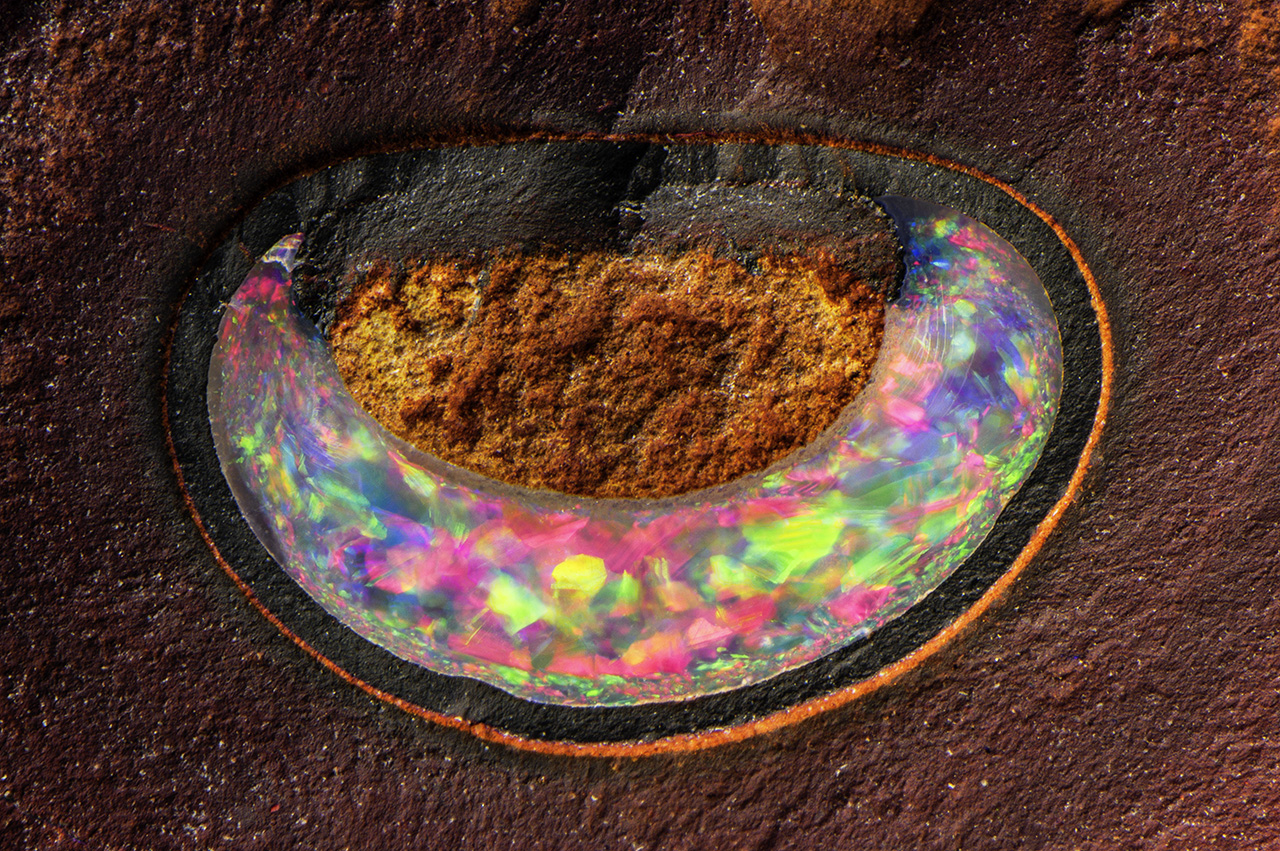

A new image type must be based on one of the built-in types. image imagecreatefromstring (filegetcontents (filename)) If this fails to load, you know that you can not process that image. Every gold image must have an image type, and you can create your own image types.

tag - ' (0008,0020)' tagname - 'StudyDate' tagvalue - Ive come up with the below design for DICOM images and I like to think it would work for most of the use-cases. In short, you can say that you have tuples.
#OPAL IMAGETYPE DERIVED CODE#
928.3171 20180615 20180615 20180615 20180615 ĭepending on the external library libXML2_D.LIBĮxample The main function is saved to DICOM format for the XML file with DICOM elements.Ĭore code DcmFileFormat fileformat readXmlFile (opt_ifname, fileformat, xfer, opt_metaInfo, opt_namespace, opt_validate ) įileformat. When you add or import a gold image, you must specify an image type. Basically, you have something called as tag, tag name and the value for that particular image. XML input file name to XMLFile-in to convert 'PRIMARY' is am image that is direct result of a patient examination. DICOM protocolĭCMTK's XML2DCM tool, implements the XML file into a DCM file. Reading PS3.3-2007 C.7.6.1.1.2, I understand that an 'DERIVED' Image is produced out of images that were result of an image acquisition procedure, but is not a part of the measurement itself. That is, these tools only depend on DCMDATA modules and base libraries One. The calculator can do simple math and np (NumPy) operations, as long as the resulting image has a shape.

 0 kommentar(er)
0 kommentar(er)
